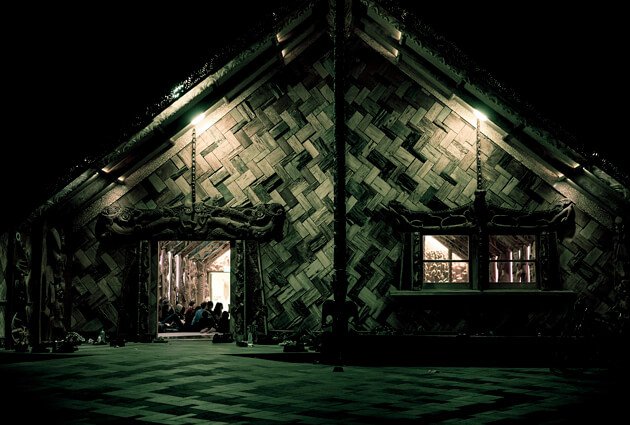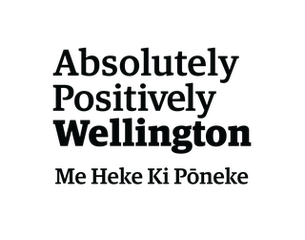21 May 2021
In this week's Window into te Ao Māori, Tama Ale Samoa dives into how Māori customs around learning are informed by proverbs and mythology.
 Te Noho Kotahitanga Marae at Unitec | Image: Vicki Leopold via Metro
Te Noho Kotahitanga Marae at Unitec | Image: Vicki Leopold via Metro
Māori believe that all knowledge derives from the stories of creation, through the actions of Gods and Goddesses. This week, we will look at the knowledge that is encoded into the first paragraph of our last pūrākau poto (short story), the Māori genesis story:
In the beginning was the great void, or Te Kore. In the great void two beings came into existence, Ranginui Sky father and Papatuanuku Earth mother. In that moment, the great void became the great night, a period known to Māori as Te Pō.
This is the origin story of the well-known Māori proverb 'kei te pouri te māramatanga e whiti ana' - ‘light can only exist within darkness’. Let us see how this proverb translates into Māori customs and ideologies.
This proverb can translate to ‘where there is no understanding, true enlightenment can be found’. Māori knew that being put in an uncomfortable place and growing out of it makes you a stronger person, and that staying in your comfort zone will kill you, which is one meaning of this proverb.
Another meaning of this proverb speaks to the saying of being an empty cup. Māori understood that only by being an empty vessel can you truly attain all that the master has to offer, which relates to a customary Māori practice known as wānanga. These ideologies fuel our beliefs and how we should look at things, particularly the custom of wānanga.
In old times, children were taught from an early age to become experts in whatever field they had been dedicated to at birth. For example, most children were either dedicated to Rongo, the god of peace, or to Tū, the god of war. As they got older, they would be allocated to a Tohunga and his or her Whare Wānanga.
All knowledge was shared in the Whare Wānanga, the House of Discussion or House of Learning. The stories of creation were recited and analysed. The relationship between the sun, the stars, the moon and all living things were carefully recorded. These wānanga were deep discussions about science, geography, astronomy, genealogy and many more, but they were never spoken of separately; the connection of one thing to another was more the focus.
These Whare Wānanga gave birth to all things Māori: how we dress, how we perform, when we do things, where we do things, and how we do things.
The proverb that light can only exist within darkness translated directly into wānanga customary practice. Firstly, all wānanga were held at night-time, in the whare, with no lights. The only source of light was the moon and the stars. Secondly, the Tohunga, or the teacher, would be seated at the very back wall (Poutuarongo) of the whare, for in traditional times, the back wall of the whare was the darkest, as it had no back windows, and Māori view darkness as being very tapu or sacred, for everything derived from the darkness.
However, wānanga would be timed perfectly, so that when they were held, all the students would be seated in the pitch black on the floor facing the back wall, and the teacher's face would be illuminated by the light of the moon and stars, giving physical reference to the saying that ‘the light dwells within the dark’, or in this case, the knowledge of understanding the world and all living things.


